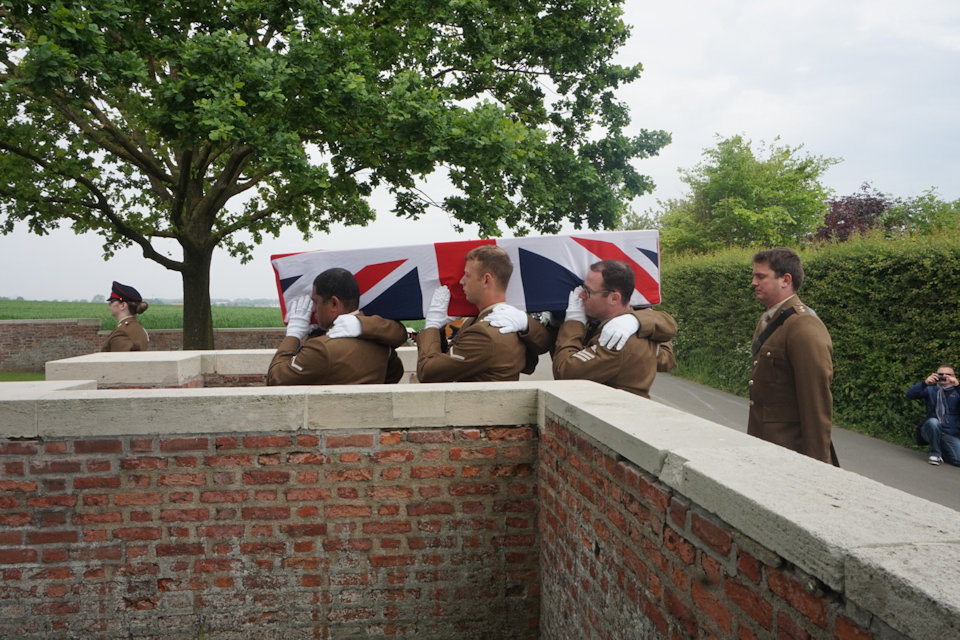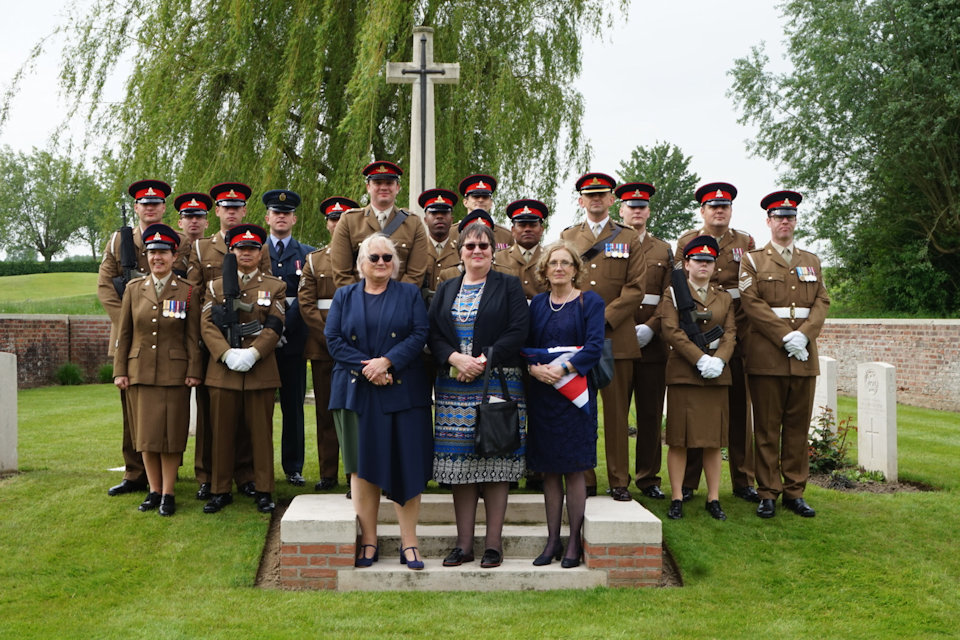Press release: Boris Johnson pursues global figures to ensure girls’ education around the world
Political heavyweights Boris Johnson and Gordon Brown today (Wed 16th) joined forces to discuss improving education for the world’s most marginalised girls.
The Foreign Secretary met the former Prime Minister as part of his campaign to deliver 12 years of quality education for women and girls around the world.
The meeting with Mr Brown – now the UN’s Global Education envoy – is the latest in a series of high profile engagements Mr Johnson has held as part of his #LeaveNoGirlBehind campaign.
In recent weeks, Mr Johnson has discussed his campaign with girls’ education activist and Nobel Prize Laureate Malala Yousafzai, senior adviser to President Trump, Ivanka Trump and philanthropist Melinda Gates.
The Foreign Secretary has also spoken to HRH Prince Harry and Ms Meghan Markle about his campaign during a star-studded launch at last month’s Commonwealth Summit.
Mr Johnson hopes that his drive will build a coalition of political heavyweights and cultural icons that will lobby the world’s leaders to prioritise girls’ education.
Speaking after the meeting the Foreign Secretary said:
Girls’ education is manifestly in the global interest. It is the Swiss Army knife, the Rosetta Stone, the Black and Decker toolkit that solves a multitude of the world’s problems.
If we fail to educate girls, we store up huge problems for the future and wilfully miss out on boosting economic growth, managing population pressures and creating stable, prosperous societies – and most importantly, it is the right thing to do.
Gordon understands this, which is why he is a passionate advocate of improving education for women and girls around the world.
It was a pleasure to listen to his ideas and exchange views on the ways which the UK can become the global leader in ending the gross sexism behind attitudes which shut 130 million girls out of the classroom.
Appallingly 90 per cent of world’s poorest children leave school unable to read and write. Mr Johnson believes that one of the root causes of girls’ illiteracy and poor schooling is sexism masquerading as ‘tradition’, which is holding millions of the world’s poorest girls back. Britain is leading by example by providing £212 million through the Department for International Development to ensure one million vulnerable girls across the Commonwealth get 12 years of quality education by 2030.
The Foreign Secretary believes that the single biggest thing that can be done to improve stability and reduce conflict in the world is to make sure that every girl gets 12 years of quality education.
During last month’s Commonwealth Summit, Mr Johnson pushed for firm commitments from Foreign Ministers to make girls’ education a priority. He will also use the UK’s Presidency of the UN Security Council in August, to influence General Assembly members on the need to remove barriers to education.
Further information
-
Follow the Foreign Secretary on Twitter @BorisJohnson and Facebook
-
Follow the Foreign Office on Twitter @foreignoffice and Facebook
-
Follow the Foreign Office on Instagram, YouTube and LinkedIn
Media enquiries
For journalists
Email
newsdesk@fco.gov.uk
Newsdesk
020 7008 3100




